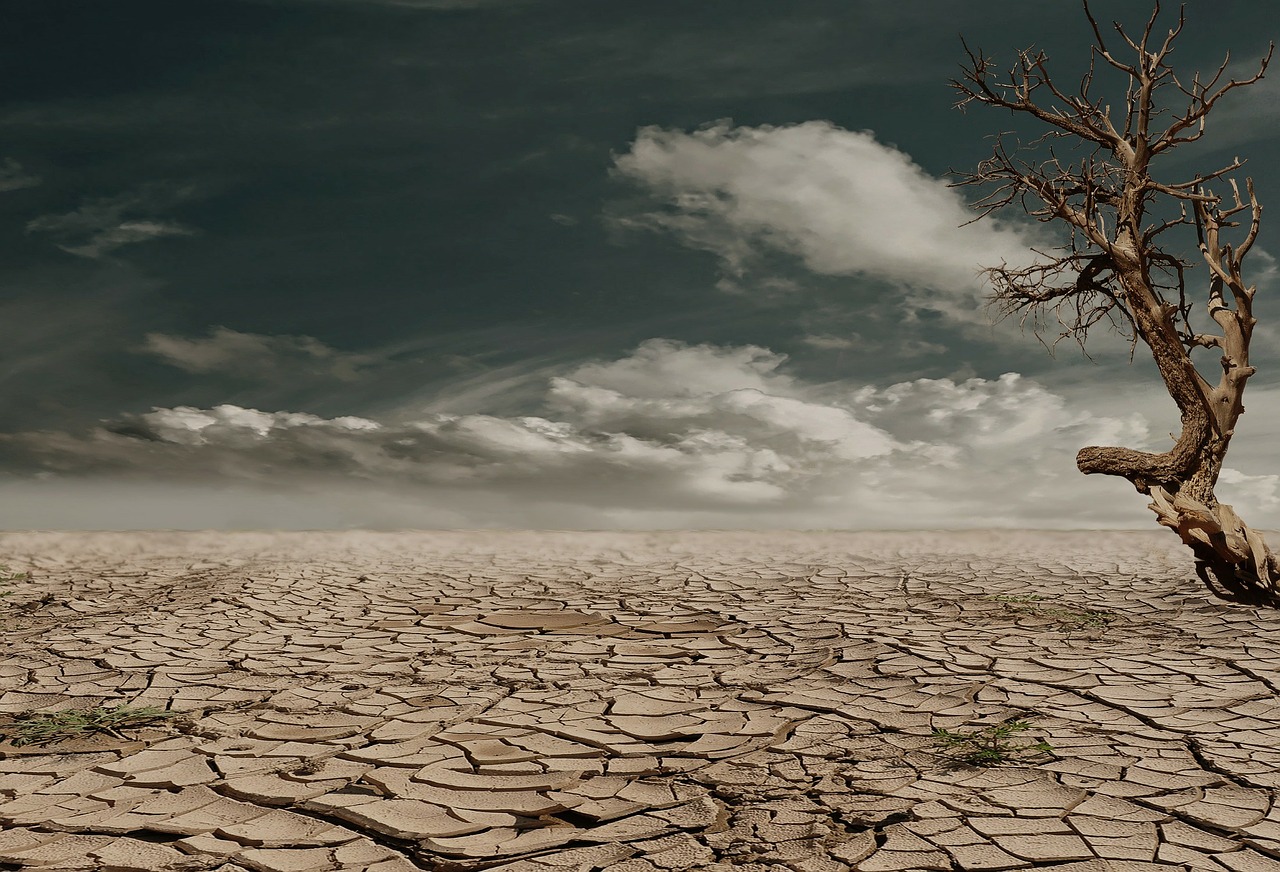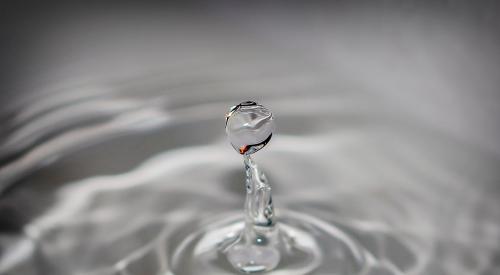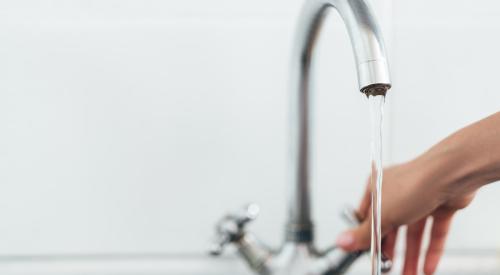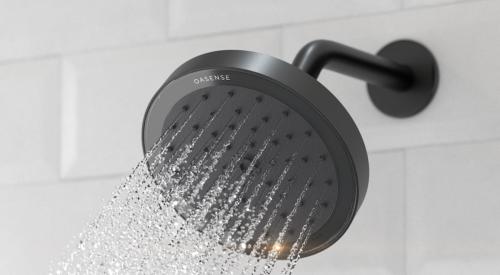“When it’s grey in L.A., I sure like it that way,” sings Loudon Wainwright III in “Grey in L.A.,” a lament about perpetual blue skies, traffic, and disillusionment. Indeed, it’s raining in Los Angeles as I write, and I’m as grateful for the torrent as I am for the roof and gutters that manage it.
Drought is a fact of life here: We cut down on showers, bucket our bathwater, and replace lawns with decomposed granite, native grasses, and succulents. We’re buoyed by the downpour, firing off texts (“Rain! Yes!”), listening for word of buildup on the Sierra snowpack, and minding a little less than we used to about road closures from downed trees and mudslides. (Photo: Pixabay/Marion)
But drought isn’t unique to California, or even the West. A heatmap published by the USDA and the National Ocean and Atmospheric Association offers a picture of water shortage that extends from Nevada to New England, with abnormally dry conditions in unlikely places such as Georgia and Massachusetts. Water conservation is an increasingly acute issue across the country, even in storm-prone areas that seem to have more water than they know what to do with. We can harness the wind and the sun, drive fuel-efficient vehicles, and build a tighter envelope, but water is another matter entirely. It is irreplaceable.
As water becomes more scarce, it’s also getting more expensive—in some places, even pricier than energy, says Steve Baden, executive director of RESNET, which, in partnership with the EPA and the Natural Resources Defense Council, has been working on a water efficiency rating index, a measure that will provide an easy way to read a home’s water use. “Water and sewer are critical issues for builders, and along with energy, they affect the cost of homeownership,” Baden says. When it comes to building water-sensible homes, builders have a lot of tools to choose from, he points out, mentioning “a revolution in low-flow toilets and showerheads, smart irrigation systems, water recycling systems, and load-sensing washers,” as well as the EPA’s WaterSense program. “We want builders to get credit in the marketplace,” he says. In other words, being water-smart isn’t just the right thing to do, it’s also a way to differentiate yourself and draw buyers.
The U.S. Geological Survey says that each of us uses between 80 and 100 gallons of water per day at home. The EPA tells us that water-conserving fixtures could cut that number by at least a third. While this won’t bring the rains, it’s a crucial step. What are you doing to build homes that are water wise? Drop us a line—we want to know about it.













